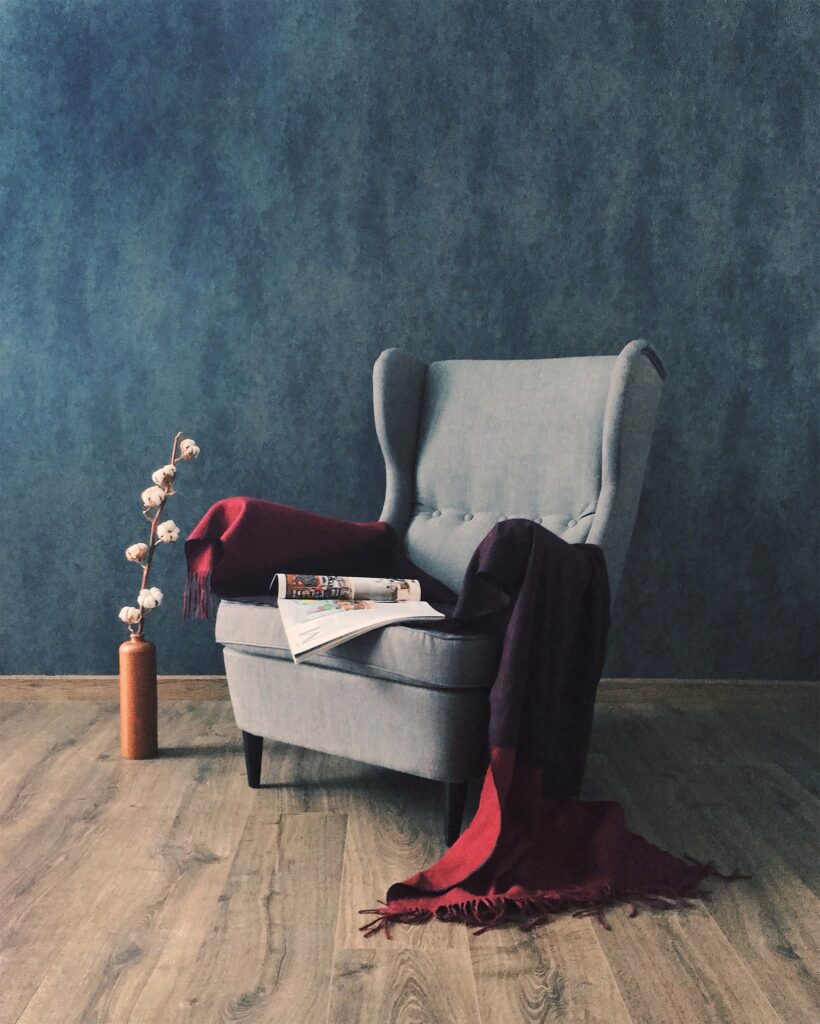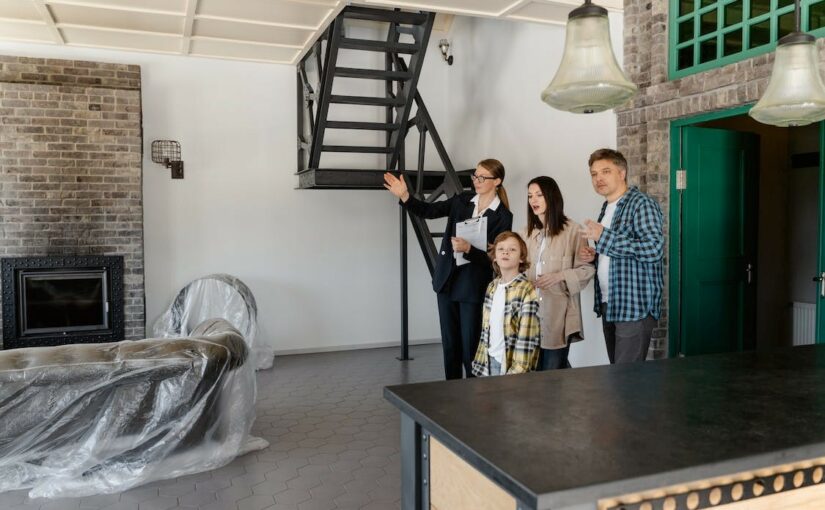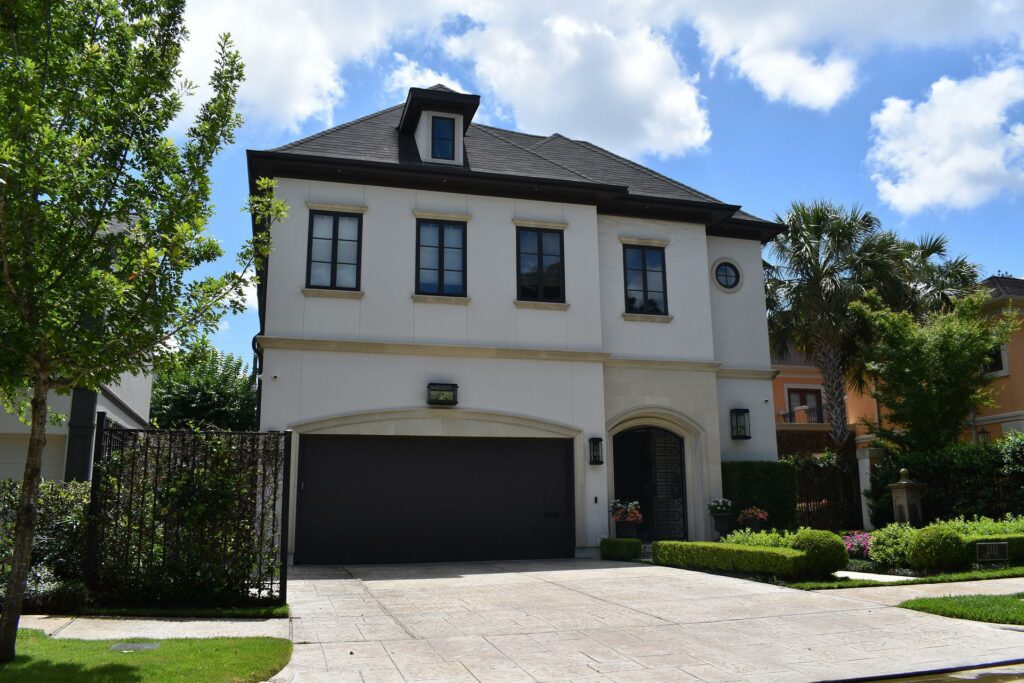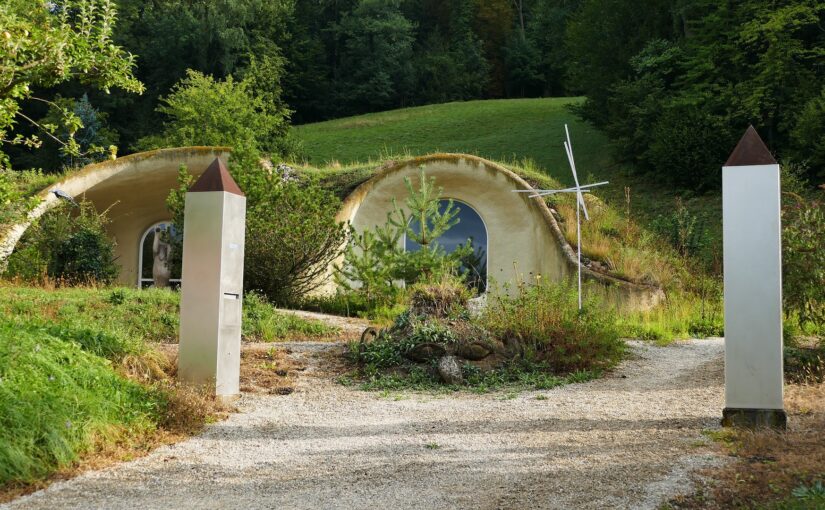Tree bark is like a miracle material – non-toxic, renewable, biodegradable and lightweight but also fire resistant with low heat and sound conductivity. Plus, it’s flexible so it can be used for all sorts of things! Hey construction crews, check this out! All the cool kids are talking about it – Bio-insulating materials. It’s the newest trend and if you want to get on board, it needs to be further studied. So, what are you waiting for? Let’s get researching!
It is just a lovely material. It is natural, speaks to our senses! We like to look at it, touch it, smell it, with some we even like the taste of, like cinnamon.
Have you ever wondered How you can use Tree Bark in Construction?
Well, it turns out that wood bark can be used in a variety of ways to make buildings stronger and more durable. From cork insulation to bark flooring, the possibilities are endless when it comes to using tree bark in construction.
Bark boards are surprisingly heat efficient – they match the performance of traditional insulation materials like rockwool and polystyrene; and require much less energy and CO2 to be produced. Plus, they’re super eco-friendly, non-toxic AND recyclable!
So, let’s get started and find out how you can use wood bark in your next construction project!
Tree Bark – Sustainable and Beautiful
If you are focused on sustainable construction, forests are just the perfect natural resource that is out there. And we are not talking about cutting any trees. Ideally, you would use the bark of trees that naturally shed bark, such as cork, eucalyptus, pine trees…etc.

With so many different types of tree bark available, you can find the perfect one for your construction project. Whether you need some wood bark for mulching your garden or something more delicate and decorative for indoors, there’s sure to be an option that fits your needs. From the beautiful reds of maple bark to the rugged greys of oak, there’s something for everyone.
How to Incorporate Tree Bark into your Home Improvement
Did you know that tree bark is a great way to improve the look and feel of your home? It’s not just for decoration either – wood bark can be used to insulate your home and make it more energy efficient. From cork insulation to decorative accents, there are plenty of ways to use tree bark in your next project.
A cork layer on your walls is not only good for its insulation but also for its aesthetic appeal. The bark’s natural colours and imperfections are more interesting to look at than a smooth surface. It also has a warm feel that doesn’t need any extra heat to maintain the temperature of the room it’s in because of its insulating properties. Also, the acoustic properties of cork make a room more comfortable.
Tree Bark in Cement?
Mother Nature is sending us a message with climate change and reduced mineral reserves – the demand for alternative eco-friendly materials in construction, energy, and transport is more urgent than ever!
It’s been all the rage lately- using plant matter like leaves and tree bark to create thermal insulation products. Thanks to some clever scientists, you can now keep your house warm without having to rely on man-made materials!
A recent study was made on the utilization of tree-bark in cement pastes. Bark and cement make a perfect pair – it’s like peanut butter and jelly! The combination slightly reduces the strength of the composites, but who cares? It’s still stronger than a twig.
Analysis of the bark samples showed that 30% was the optimal bark-share for higher strength, and mild hydrothermal treatment was found to be especially beneficial. So there you have it – proof that more isn’t always better!
Conclusion: Benefits of Tree Bark in Construction
Tree bark might not seem like a promising material for construction, but its benefits are undeniable. It is an eco-friendly and sustainable option that is cheaper than many other materials. Moreover, wood bark can be used to make durable and strong structures that can withstand harsh weather conditions. Not only does it provide insulation, but it also helps to reduce noise and air pollution. In conclusion, tree bark is an excellent choice for construction projects due to its various benefits.














